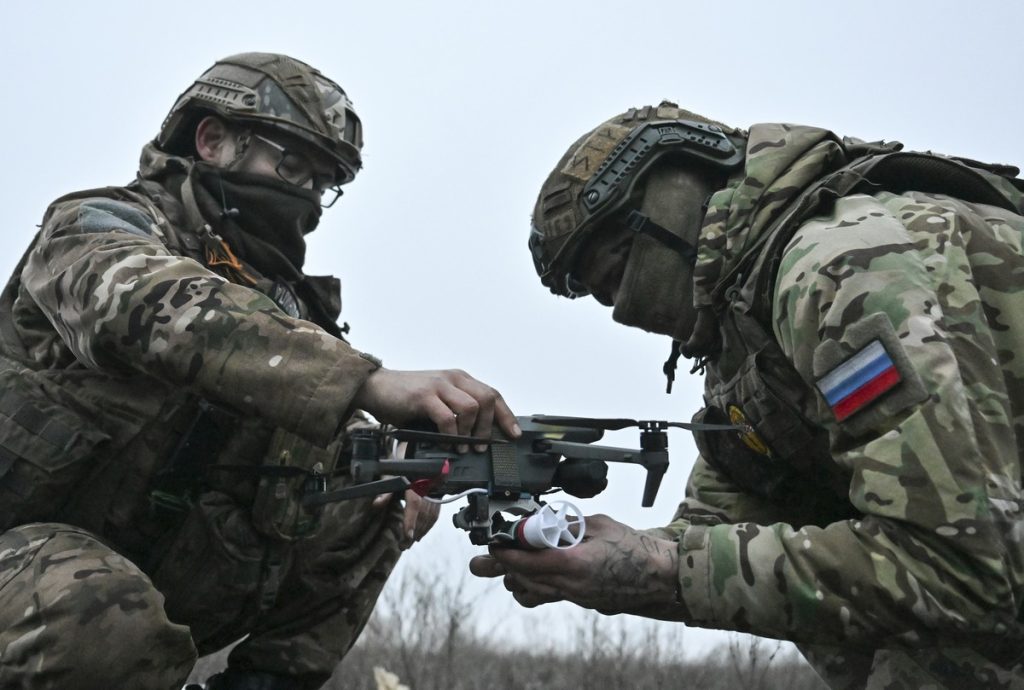Russia’s Encirclement Strategy in Eastern Ukraine: A Focus on Pokrovsk
The ongoing conflict in eastern Ukraine has witnessed a renewed focus on the strategically important city of Pokrovsk. Recent reports and analyses indicate a shift in Russian strategy, moving away from direct assaults on the city towards an encirclement maneuver aimed at cutting off Ukrainian supply lines and isolating defending forces. This represents a significant development in the conflict, with potential long-term consequences for both sides. The current situation, characterized by intense fighting and strategic maneuvering, highlights the complex and evolving nature of the war.
Russian forces have been steadily advancing southwest of Pokrovsk, aiming to sever the city’s connections to vital supply routes and other key Ukrainian-held areas. The Ukrainian military, while acknowledging the Russian advances, has remained reticent about providing specific details, instead referring to publicly available statements. The Institute for the Study of War (ISW), a prominent think tank tracking the conflict, has confirmed these Russian movements, observing their progress in the Pokrovsk direction. This strategic shift suggests a recognition by Russian commanders of the difficulties involved in a direct assault on the heavily fortified city. Instead, they are attempting to bypass Pokrovsk and its neighboring town of Myrnohrad, focusing on capturing smaller settlements to the south.
This flanking maneuver aims to disrupt Ukrainian logistics and potentially force the defenders to abandon their positions without a direct assault. By cutting supply lines, Russia hopes to weaken the Ukrainian defenses and potentially isolate Pokrovsk, making it more vulnerable to future attacks. Ukrainian officials and military analysts have recognized this strategy, highlighting Russia’s intent to avoid costly urban warfare in Pokrovsk. The city’s strategic importance as a logistical hub and its strong fortifications make it a difficult target for a direct assault. The surrounding rural areas, however, offer greater maneuverability for Russian forces, allowing them to advance more rapidly and potentially outflank Ukrainian defensive positions.
The Russian advance has brought them close to the border of Dnipropetrovsk region, threatening the crucial E-50 highway, a vital supply route connecting Pokrovsk to the larger cities of Pavlohrad and Dnipro. Control of this highway would severely restrict Ukrainian resupply efforts and potentially isolate Pokrovsk from reinforcements. The capture of settlements like Yantarne and Shevchenko further solidifies Russian gains in the region and contributes to their encirclement strategy. While Russia has claimed these victories, Ukrainian forces continue to resist these advances, engaging in heavy fighting along the frontline and reporting numerous repelled Russian assaults. The Ukrainian military’s emphasis on stopping Russian advances in the Pokrovsk direction underscores the significance of this area in the overall conflict.
The ongoing fighting in the region showcases the challenges of urban warfare and the shift towards maneuver warfare in the current phase of the conflict. Capturing and holding urban centers like Pokrovsk requires significant resources and often results in heavy casualties. Russia’s strategy of bypassing heavily defended areas and focusing on disrupting supply lines represents an attempt to avoid these costs while still achieving strategic objectives. This approach, however, presents its own challenges, requiring effective coordination and logistical support to maintain extended supply lines and control over captured territories. The Ukrainian military, for its part, faces the difficult task of defending against a mobile and adaptable enemy while also maintaining its own logistical networks.
The evolving situation around Pokrovsk underscores the dynamic nature of the conflict in eastern Ukraine. Russia’s shift towards encirclement tactics reflects a recognition of the challenges posed by fortified urban centers and an attempt to exploit vulnerabilities in Ukrainian supply lines. The success of this strategy, however, depends on several factors, including the ability of Russian forces to maintain their advance, the effectiveness of Ukrainian countermeasures, and the overall strategic context of the war. The coming weeks and months will be crucial in determining the outcome of this strategically important battle and its impact on the larger conflict. The fate of Pokrovsk and the surrounding areas could significantly influence the trajectory of the war in eastern Ukraine.
The situation further emphasizes the significance of Pokrovsk as a key logistical hub for Ukrainian forces and the broader implications of its potential encirclement. The loss of Pokrovsk would represent a significant blow to Ukraine’s defensive capabilities in the east and could potentially open up new avenues for Russian advances. Conversely, a successful Ukrainian defense of the city and its surrounding areas would maintain a crucial logistical lifeline and bolster their overall position in the conflict. The ongoing battle for Pokrovsk, therefore, carries significant weight, not only for the immediate tactical situation but also for the broader strategic landscape of the war.

